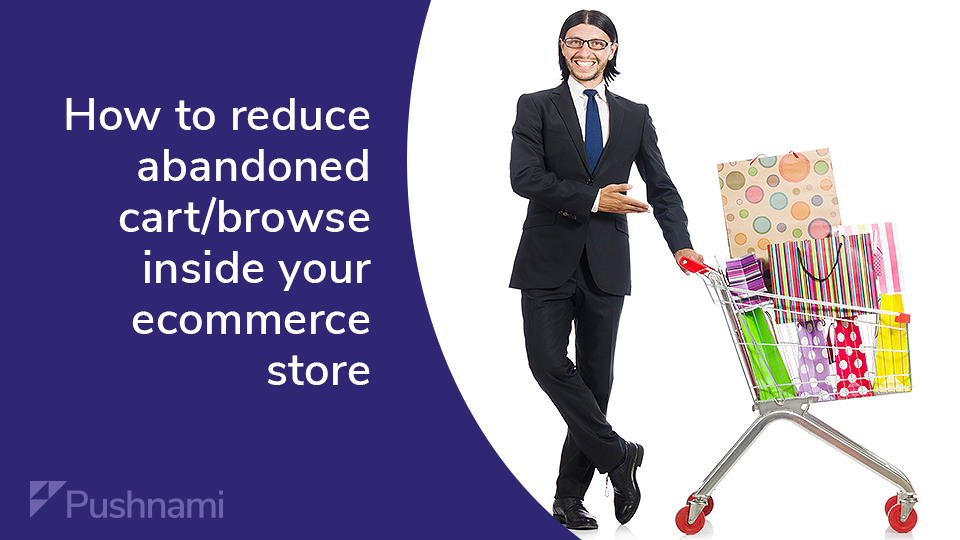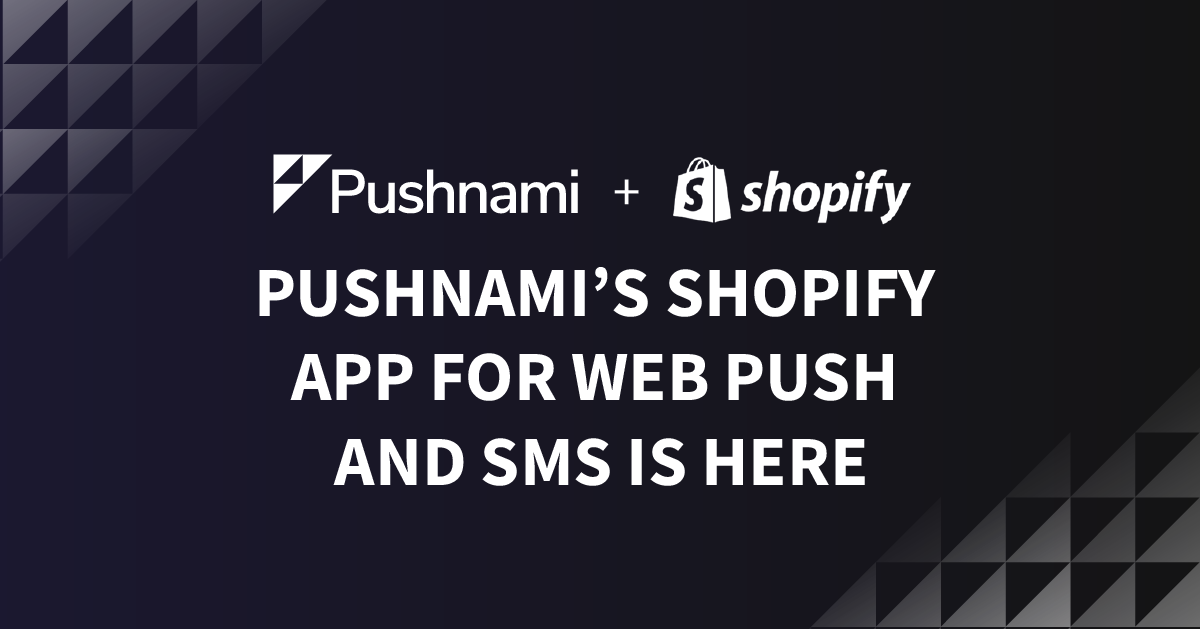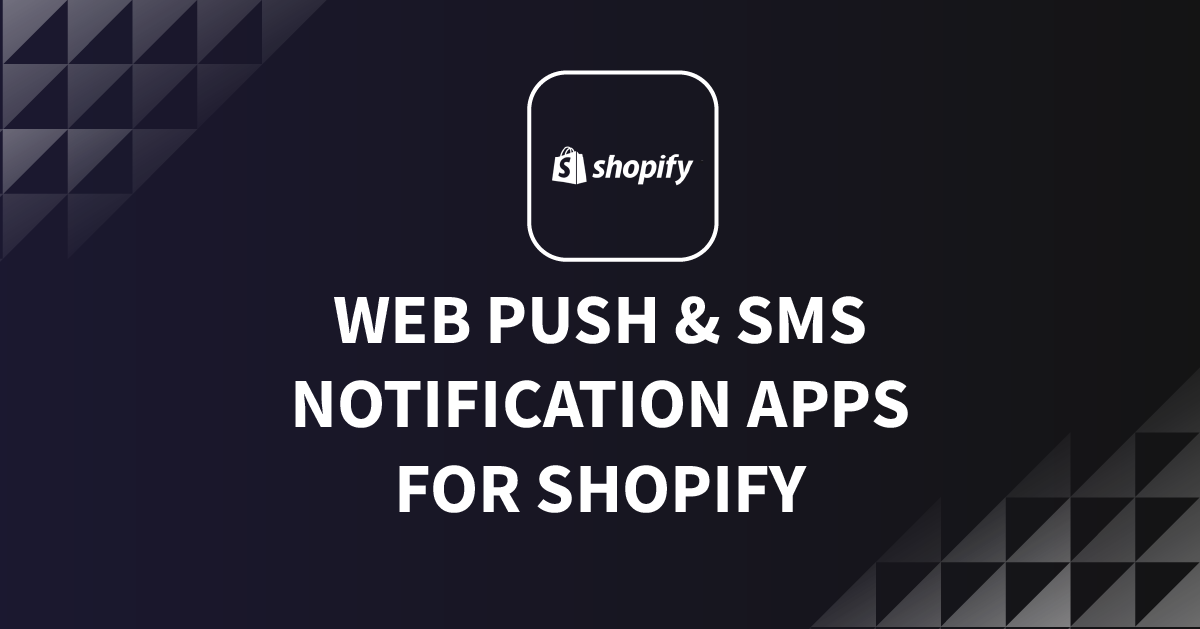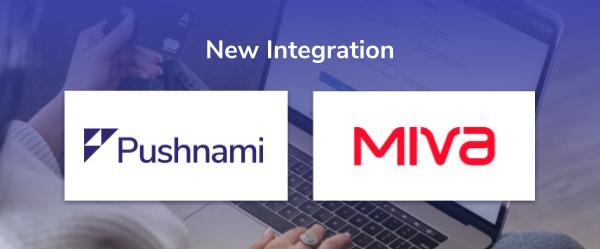Abandoned Cart and Browse are an ecommerce hindrance…but do they have to be?
The pandemic’s grueling hold on the world means more retailers are taking their stores online than ever before. The ease of setting up online stores has increased, but with that, other challenges bubble to the surface–especially cart and browse abandonment.
Shopping cart abandonment occurs when an online shopper visits your store, browses the products you’re selling, adds items to their cart, but fails to complete the purchase. The items simply sit in their virtual shopping carts, collecting virtual dust and inadvertently mocking merchants in the process. Cart abandonment ranges from anywhere between 60 to 80 percent of ecommerce visitors.
Browse abandonment, however, occurs much earlier in the customer journey. The shopper visits a certain category or product inside your store but fails to place anything in their cart. Regardless of how much time they spend reading the item description, scanning through product photos and checking out reviews, the potential customer never reaches the checkout screen stage—deeming them a total funnel tease. Are you curious about just how many funnel teases never make it to the add-to-cart phase? A whopping 89.1 percent of shoppers! Yikes.
So what’s an ecommerce marketer to do?
Cart and browse recovery push notifications
When it comes to communicating and re-engaging online shoppers—push notifications are king. Not only do push notifications make it simple for shoppers to opt-in to receive notifications from your store in real-time, but their direct structure and instant delivery also make them relevant and difficult to ignore.

Using push notifications as a strategy to recover abandoned carts and to redirect browsers’ attention back to stores is effective for both desktop and mobile customers. Curious on how it works? Check out how Pushnami helps ecommerce merchants and marketers leverage our platform for their abandoned cart goals here.
Cart and browse abandonment recovery emails
When you have a shopper that is subscribed and has shared their email address with you, follow up with a cart/browse recovery message to their inbox, too. Make it direct, relevant and to the point by simply reminding them of what they have left behind, promoting a sense of urgency, enticing them with a discount and making it seamless by including a CTA that drives them back to their cart or product of interest. Time is of the essence, too. Don’t wait more than 24 hours to reach out, or their interest is at risk of diminishing entirely.
Social media retargeting
The majority of shoppers are active on at least one social media platform (and probably more). Use this to your advantage by retargeting them with personalized ads that nudge their attention back to the items in your store. Pro tip: a time-sensitive discount code works well in social media ads.
Optimize your checkout
According to Baymard Institute, approximately $260 billion are recoverable via checkout optimizations. Sometimes the cart abandonment problem is due to an overly clunky checkout process. Sometimes, the merchants don’t offer enough payment methods or don’t allow shoppers enough choices for shipping and delivery options. Here are some other things to verify:
- Are the customers visiting your store on their mobile devices having an experience that’s just as pleasant as their experience on the web?
- Do you offer guest checkout for those too busy to create accounts?
- Is your checkout simplified down to only what’s essential to shorten form fields?
- Is it easy to edit a cart, or must the shopper jump through hoops to remove an item?
- Are you creating a sense of urgency on your checkout page? For example, do you call out that you can only hold products for the next 10 minutes?
Utilize product recommendations
Maybe your abandoned brose shoppers are bouncing because the products they were looking for aren’t in easy view. Maybe the products they were interested in ran out of stock before they had a chance to add them to their cart. Taking advantage of product recommendations can save you from losing a sale. According to a Salesforce report, product recommendations drive 24 percent of orders and 26 percent of revenue, and shoppers who click a recommendation are nearly twice as likely to come back to the site. Using a recommendation engine allows merchants to master the role of the seasoned sales clerk.
Hungry for more? Check out why Pushnami loves web push for ecommerce shops in this podcast featuring our founder.



